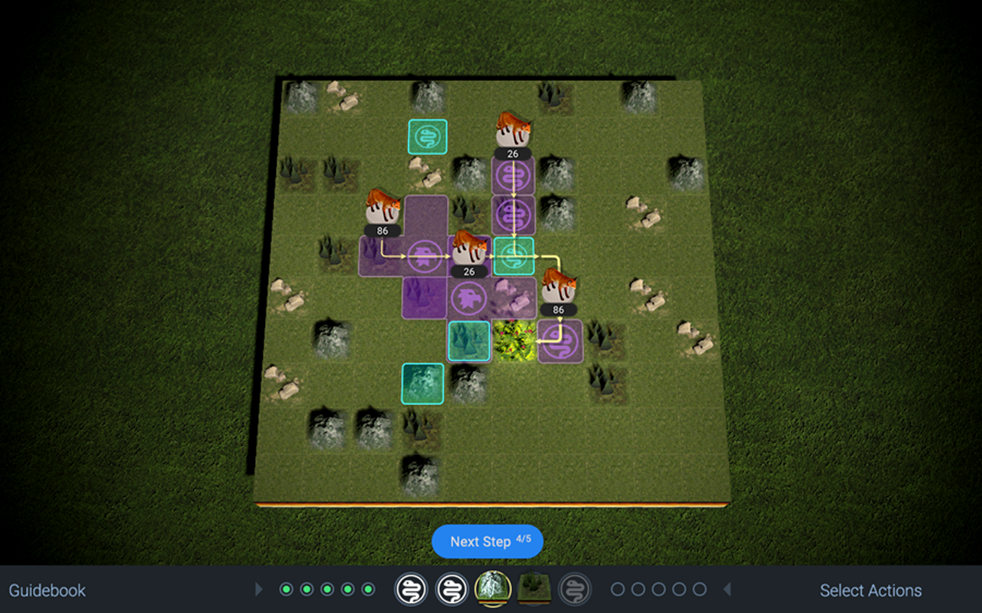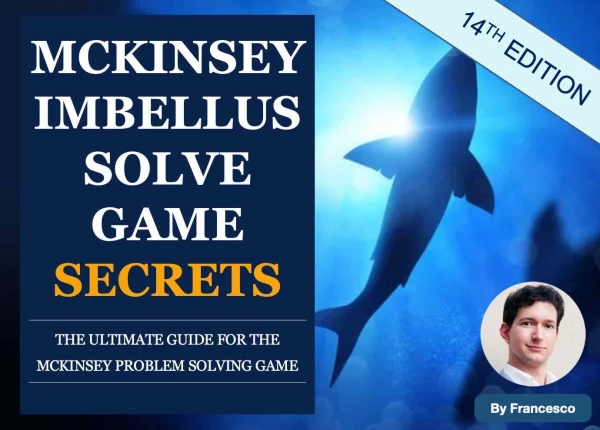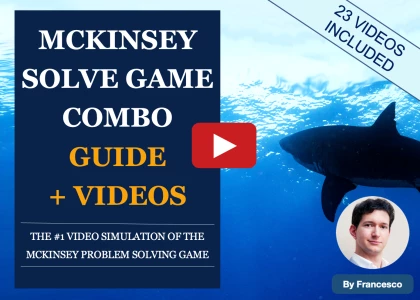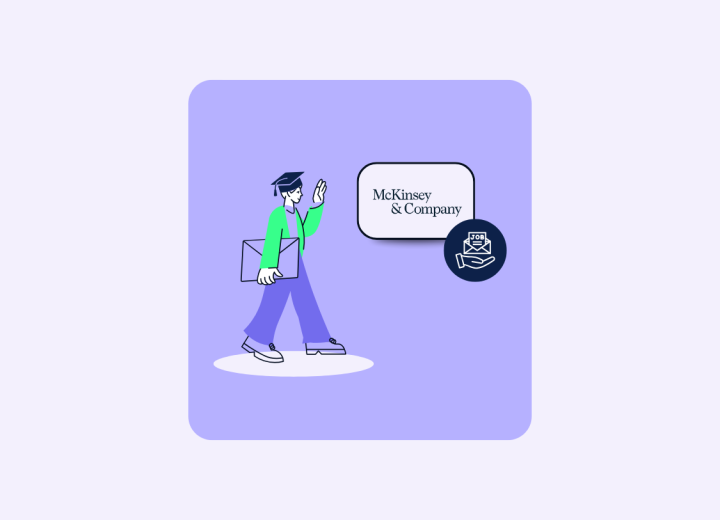Spielebasierte Assessments werden mittlerweile von einigen der führenden Strategy-Consulting-Firmen eingesetzt. BCG hat sich mit Pymetrics zusammengetan und das BCG Online Case entwickelt, Arctic Shores arbeitet mit Strategy& (über PwC) zusammen, und McKinsey hat 2019 sein Problem-Solving-Game in Zusammenarbeit mit Imbellus eingeführt. 🎮
Das Spiel, das offiziell Solve heißt (aber auch als Problem-Solving-Game/PSG, Imbellus-Spiel oder digitales Assessment bezeichnet wird), hat den klassischen schriftlichen Test ersetzt, den McKinsey viele Jahre lang genutzt hat (den McKinsey Problem Solving Test). Das Game hat sich als sehr effektiv erwiesen, um Kandidat:innen ganzheitlicher zu bewerten, dabei Vorurteile gegen Personen, die weniger Erfahrung mit standardisierten Tests haben, zu reduzieren und gleichzeitig den Recruitingprozess in der Zeit der pandemiebedingten Lockdowns zu skalieren. Bis Mai 2020 wurden damit 15.000 McKinsey-Bewerber:innen in über 30 Ländern getestet. Seitdem sind diese Zahlen zweifellos exponentiell gestiegen, da immer mehr Kandidat:innen das Assessment durchlaufen und McKinsey es im gesamten Firmennetzwerk weiter ausrollt.
Insgesamt gewinnen spielebasierte Assessments an Beliebtheit, weil sie auf intuitive und unvoreingenommene Weise die Bewerber:innen herausfiltern können, die sowohl numerisches als auch logisches Denkvermögen mitbringen. Genau dafür wird das digitale Assessment von McKinsey eingesetzt.














